There can be your advertisement
300x150
What You Need to Know About Decorative Stucco
Decorative stucco is a versatile tool that allows you to achieve various effects: make a wall the perfect backdrop for furniture and pictures or a bright accent in interior design.
Decorative stucco can give walls the look of silk, velvet, brocade, old walls, metal oxides, and other materials. With it, you can create color shifts that change depending on the lighting conditions or use the wall as a planner for tasks and notes. Designer Andrei Sokolov talks about the most popular types of finishing.
Andrei SokolovDesignerCo-owner of the company "Aidos-design", who loves complex wall finishing techniques and turning a client's home into a "smart" one.
1. "Concrete Look"
Decorative stucco that mimics concrete is often used in modern interiors, especially in today's trendy lofts. It imitates a concrete surface, has good durability, longevity, and is breathable, making it suitable for various rooms. However, it should not be washed, so such a finish is undesirable in humid areas. Working with it is straightforward.
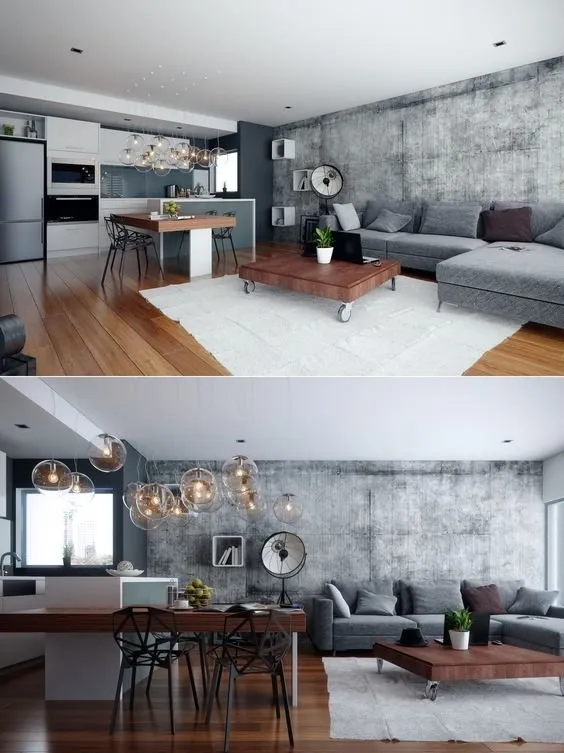 2. "Glittering" Wall
2. "Glittering" WallA decorative multi-layered coating. Thanks to the use of special pigments, it creates an interesting effect on the surface in the form of mother-of-pearl spots. Under different angles of lighting, such a finish will mysteriously shimmer and draw attention. Living in a room where all walls shimmer is impossible, but one accent wall can add expressiveness to the interior.
Working with such a finish has its specifics — it must be applied from start to finish with one hand. Two craftsmen working on the same wall will apply it differently, which can result in a poor outcome.
 3. "Stone Look"
3. "Stone Look"A decorative coating made from natural minerals, perfect for recreating traditional "natural stone" finishes. Applied in a thin layer using a wide spatula and polished with a stainless steel spatula or trowel. Beautiful, wear-resistant, but not suitable for humid rooms. Looks great in hallways and entryways. A calm finish that can serve as a great backdrop for furniture or artwork.
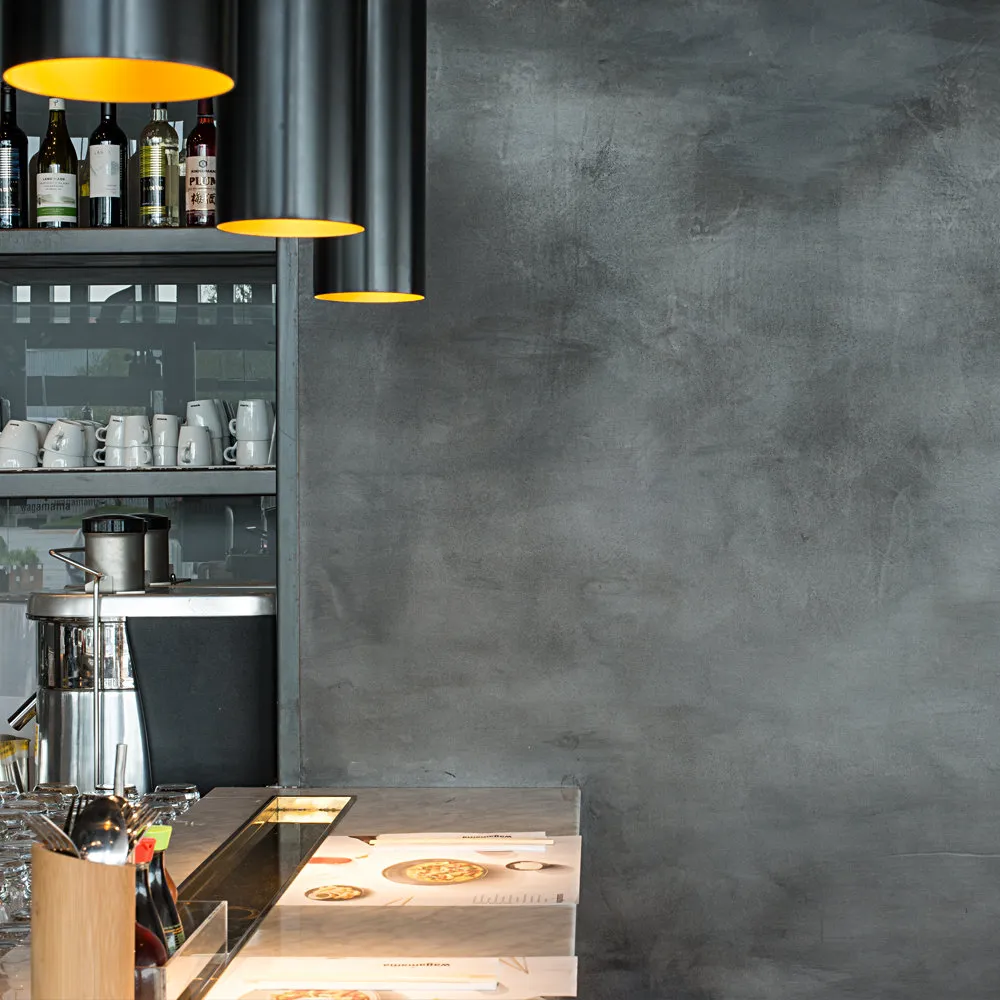 4. Old Walls
4. Old WallsFashion historian Alexander Vasilev calls this type of wall "sharped". Decorative stucco creates the effect of aged walls. To achieve this look, various organic and inorganic elements are added to the base made of acrylic resins. The mixture is applied with a "Spanish" brush without a handle, then smoothed with a stainless steel spatula. An elegant technique requiring special skills and preparation.
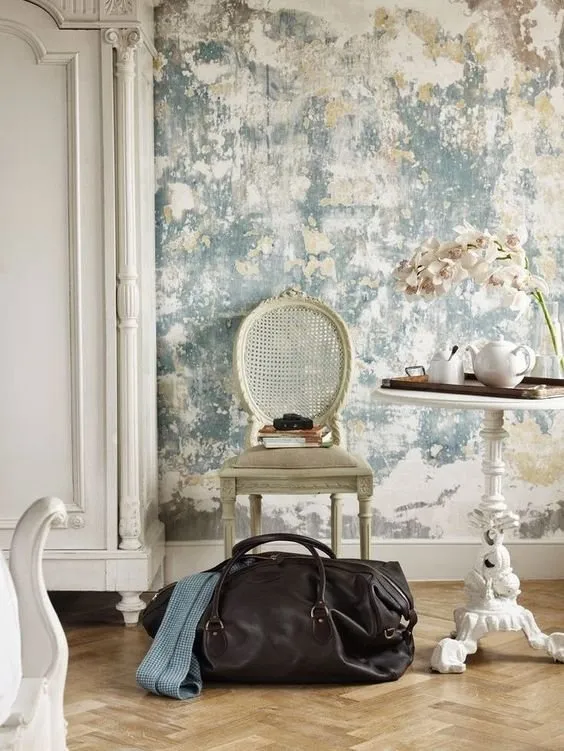 Before Starting Work
Before Starting WorkWhat needs to be done before applying decorative stucco? It's essential to thoroughly understand the application method. The wall surface must be smooth, solid, and well-primered. It's recommended to do a test coat on a small area to practice the steps and ensure proper tool usage. If the coating involves multiple layers and special tools, it's better to consult a professional craftsman. Ultimately, the final appearance depends on the skill and craftsmanship of the artist.

More articles:
 3 Kitchen Layout Options in a Panel House
3 Kitchen Layout Options in a Panel House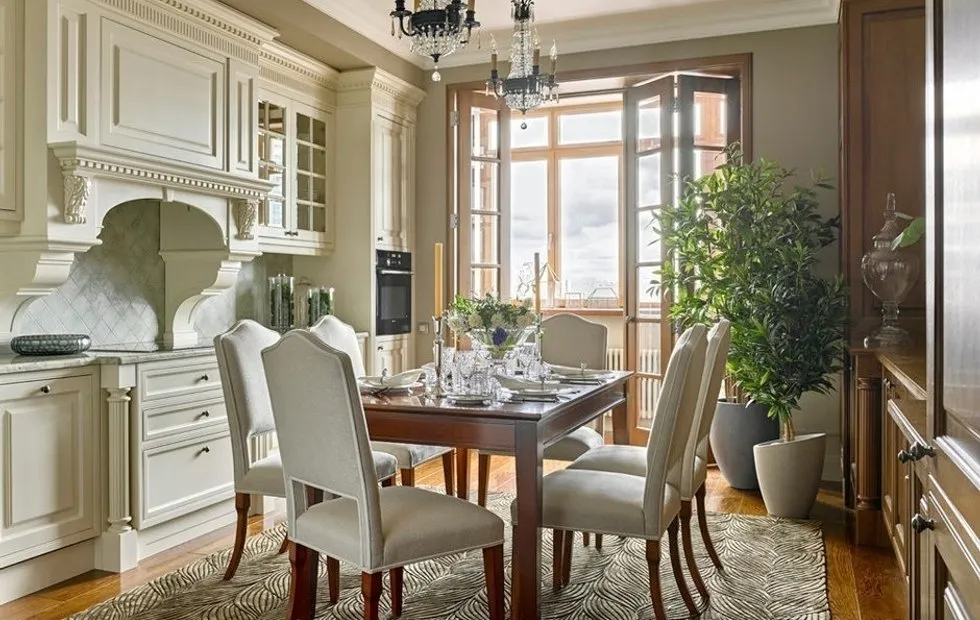 10 Best Apartment Interiors by Designers
10 Best Apartment Interiors by Designers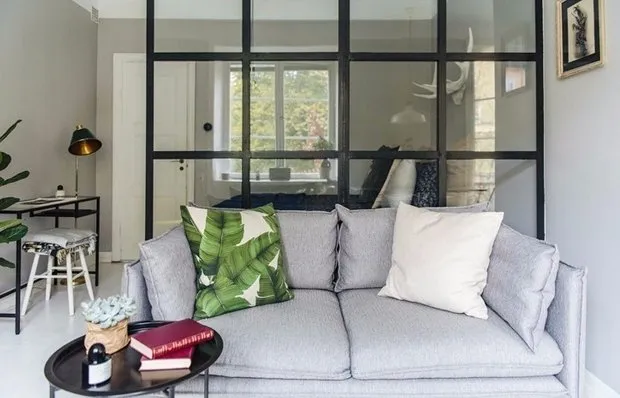 How to Arrange a Kitchen, Living Room, and Bedroom in a 38 Square Meter Apartment
How to Arrange a Kitchen, Living Room, and Bedroom in a 38 Square Meter Apartment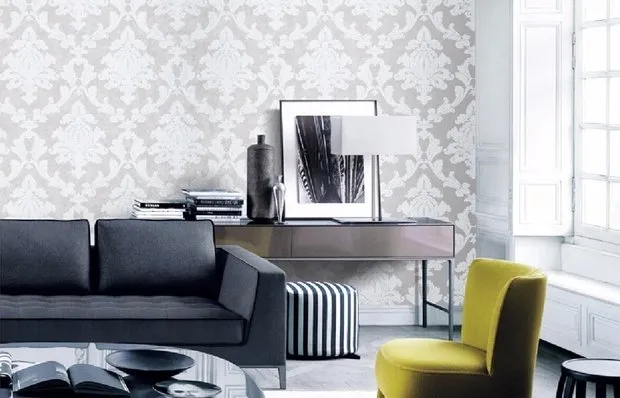 How to Level Walls and Ceilings Made of Gypsum Board
How to Level Walls and Ceilings Made of Gypsum Board Yes or No? 10 Most Popular Solutions in Interior Design
Yes or No? 10 Most Popular Solutions in Interior Design New Year Candles Made by Hand: Masterclass by Ekaterina Gavryushova
New Year Candles Made by Hand: Masterclass by Ekaterina Gavryushova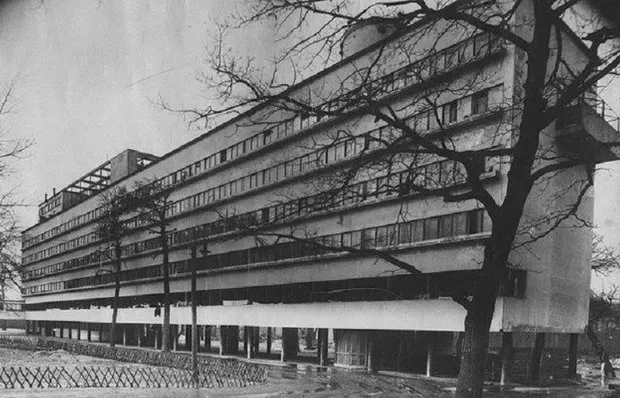 Clear About Moscow Architecture: 6 Best Posts
Clear About Moscow Architecture: 6 Best Posts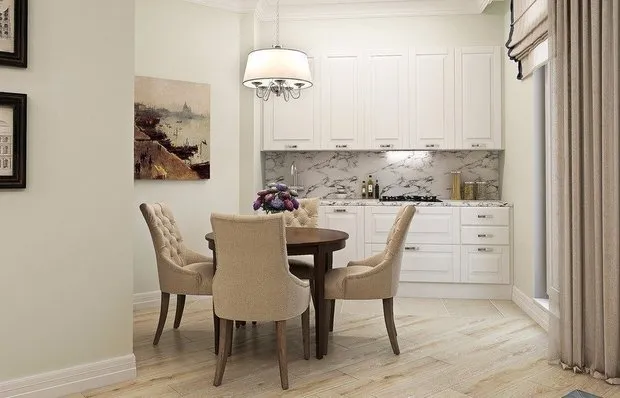 To Connect or Not to Connect: 3 Kitchen Layout Options with Balcony
To Connect or Not to Connect: 3 Kitchen Layout Options with Balcony